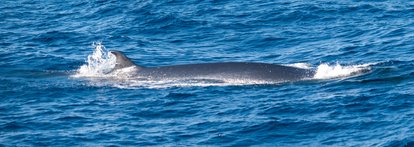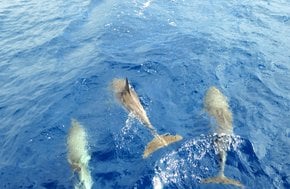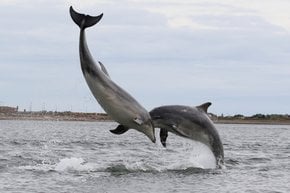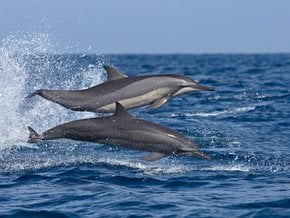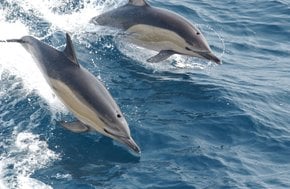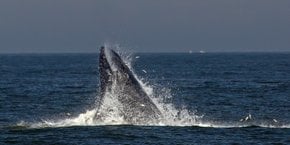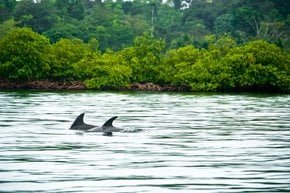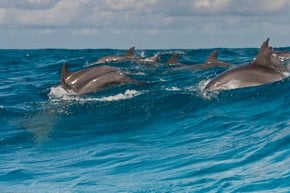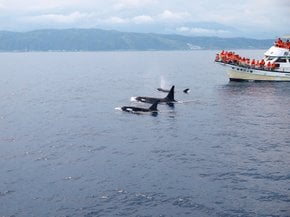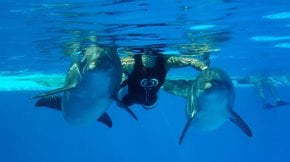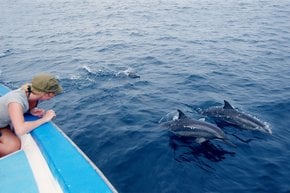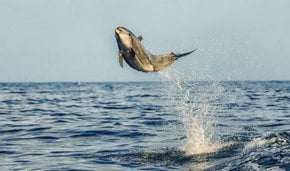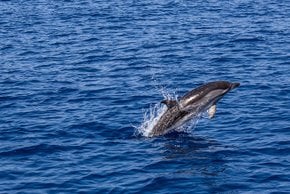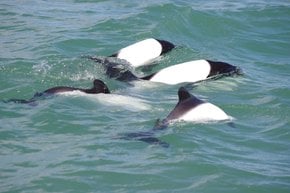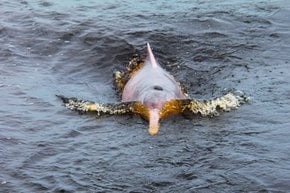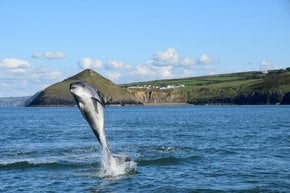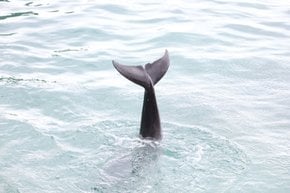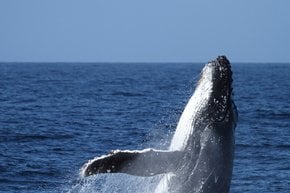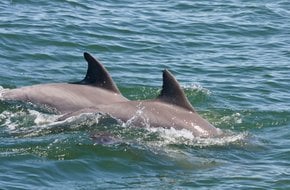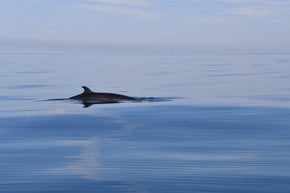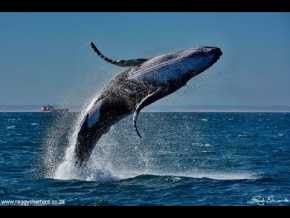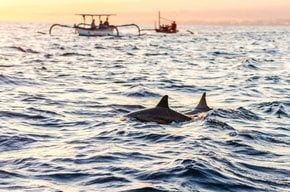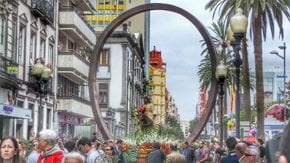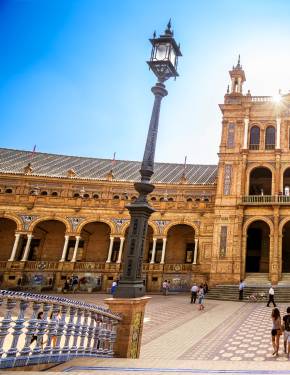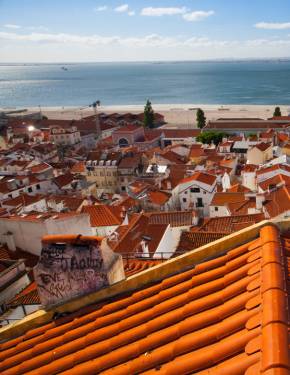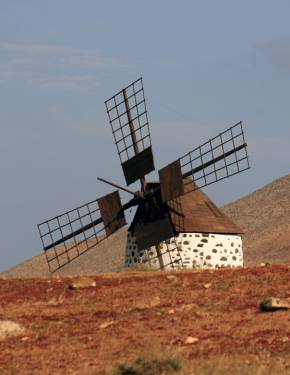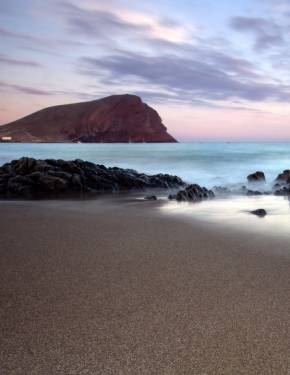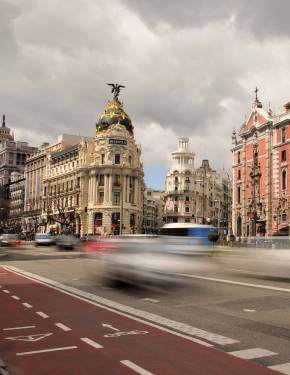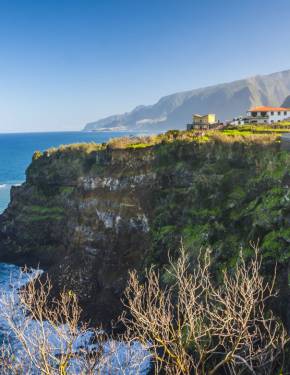Dolphin & Whale Watching in Gran Canaria 2025-2026
Observe majestic Cetacea species in their natural habitat
Best time: all year round
The waters around Gran Canaria are home to 30 different species of whales and dolphins. The deep blue Atlantic Ocean, with its rich feeding grounds and diverse seabeds, provides ideal conditions for these marine mammals. While whale watching in Gran Canaria can be a matter of luck, sightings of dolphins are almost always guaranteed.
The Best Season for Dolphin & Whale Watching
In Gran Canaria, tourists can observe whales throughout the year since the resident species do not follow a seasonal migration pattern near the Canary Islands. As a result, the ideal time for whale-watching excursions is whenever it fits your schedule.
Dolphin Species
Tourists around Gran Canaria can spot up to 30 different species of dolphins and whales. Commonly seen are the playful Atlantic spotted dolphins and bottlenose dolphins. Other frequently encountered species include the common dolphin, kingfisher dolphin, and Borneo dolphin. These dolphins live in large groups year-round in the Canary waters, making sightings almost guaranteed during boat trips. These intelligent and friendly creatures often approach boats, delighting visitors with their acrobatic leaps and interactive behavior. If you’re lucky, you might even hear their distinctive sounds while they swim alongside your vessel.
Whale Species
The most common whale species in Gran Canaria include ordinary pilot whales, sperm whales, and rorquals. Sperm whales, which can reach up to 20 meters in length and dive to nearly 3 kilometers for up to 35 minutes, offer a truly awe-inspiring experience when they appear beside your boat, making you feel remarkably small in their presence. Other whale species, such as orcas and blue whales, are also present, though sightings are rarer compared to dolphins. While encountering these more elusive giants is less common, many have had the chance to see them, and with a bit of luck, you might, too.
Dolphin & Whale Watching Trips
If you're interested in a whale and dolphin watching excursion in Gran Canaria, you can choose between a boat or a large sail catamaran. Daily dolphin trips depart from Puerto Rico Harbour, with excursions available several times a day starting at 10 am. Each trip lasts about 2.5 hours. Tour operators provide pick-up services from major tourist resorts, including Playa de Amadores, Taurito, Puerto de Mogán, Playa del Inglés, and Playa de San Agustín in Maspalomas. The catamaran is particularly well-suited for dolphin tours, offering panoramic views and minimal disturbance to marine life.
Prices
Prices are approximately €35 for adults, €25 for children, and free for infants. Additionally, on rare occasions, if dolphins are not spotted, you may receive a free return trip the following day.
What to Wear
Even on hot days, ocean temperatures can be significantly cooler, so it’s wise to bring a windbreaker or at least a sweater. Opt for long pants and closed-toed shoes with non-slip rubber soles for better comfort and safety. Additionally, protect yourself from harmful UV rays by wearing sunscreen, a sunhat, and sunglasses during your sea adventure.
What to Bring
Bring binoculars and a camera with a telephoto lens to enhance your chances of spotting and photographing sea mammals. Don’t forget to pack extra batteries. Given the likelihood of splashes, especially on small boats or kayaks, consider using a waterproof sleeve or zip bag to protect your phone and photo gear. While packing snacks is not essential, as many large catamarans and sailboats provide food and beverages onboard, smaller boats typically offer a basic supply of water for the tour.
Photography Tips
Capturing a whale or dolphin picture requires patience and quick reflexes. Watch for signs like feeding birds to anticipate their movements. For action shots, such as breaching, look for cues like a whale arching its back before a dive. A wide-angle lens captures the whale in its environment, while a lens with a shorter focal length helps track closer action more easily.


